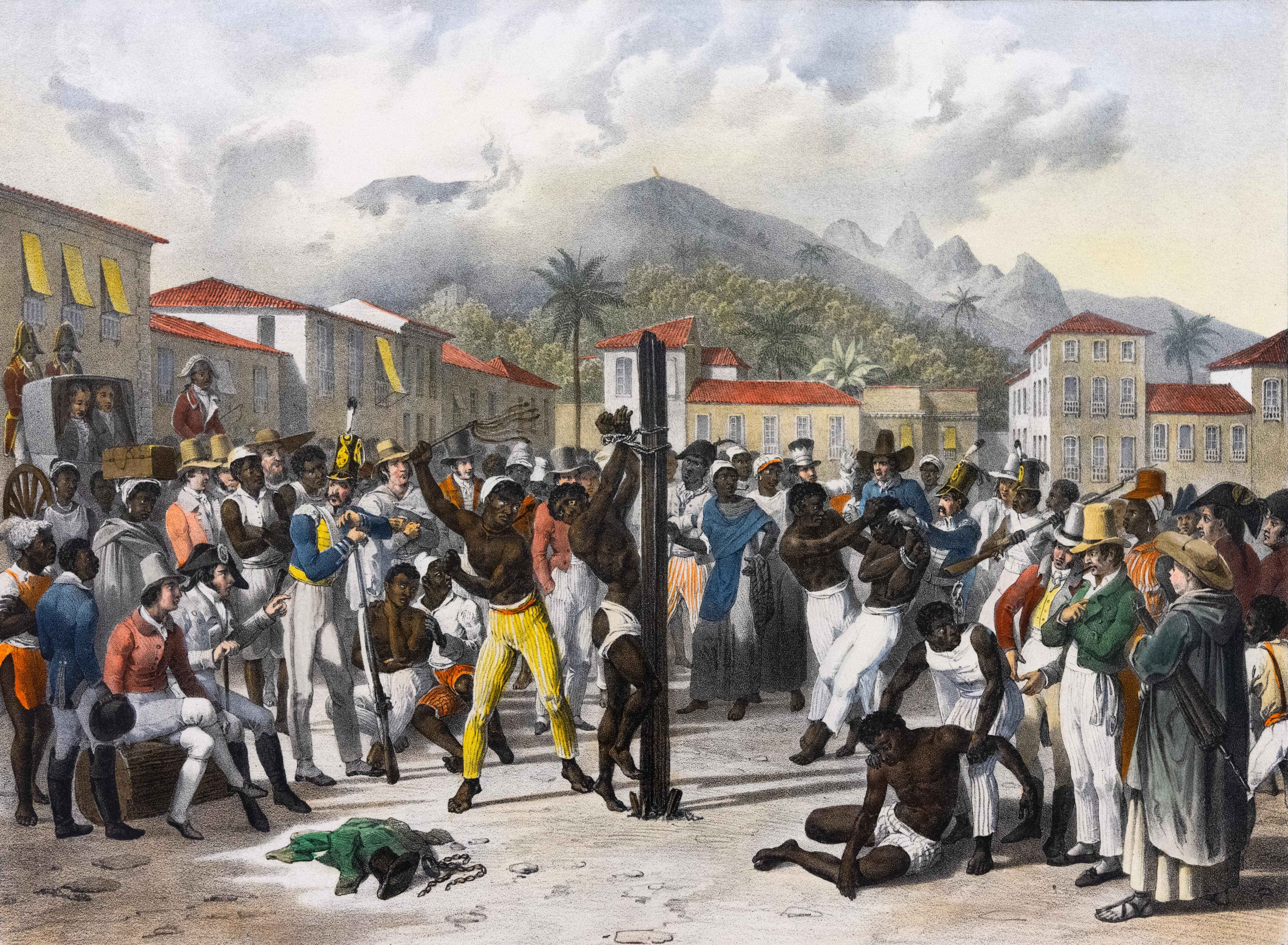The Historical Evolution of Modes of Production: From Slavery to Serfdom to Wage Workers
In this essay, we embark on a captivating journey through time, tracing the evolution of labor from the earliest recorded history to speculative futures. We navigate through five distinctive phases: Slavery, Serfdom, Wage Workers, the age of AI, Robotics, and Automation, and finally, the era of Bio-Enhanced Humans. Each phase reflects significant socio-economic changes and technological advancements, illustrating humanity’s continuous adaptation in the face of evolving production modes. This exploration provides not only a historical overview but also invites us to reflect on our future as we stand at the precipice of an unprecedented fusion of biology and technology.
Throughout recorded history, the modes of production – the ways in which societies have organized and used human labor to produce goods and services – have evolved in response to various social, economic, and technological changes. This evolution can be segmented into three significant periods: The Age of Slavery, The Age of Serfdom, and The Age of Wage Workers.
The Age of Slavery dates from the dawn of recorded history until the fall of the Roman Empire in AD 476. In this period, slavery was the dominant mode of production. Slaves, treated as property, were made to work under the harshest of conditions, with their owners reaping the benefits of their labor. This was especially true in the Roman Empire, where slaves were used in a wide variety of roles, from domestic service to hard labor in mines and on farms.

